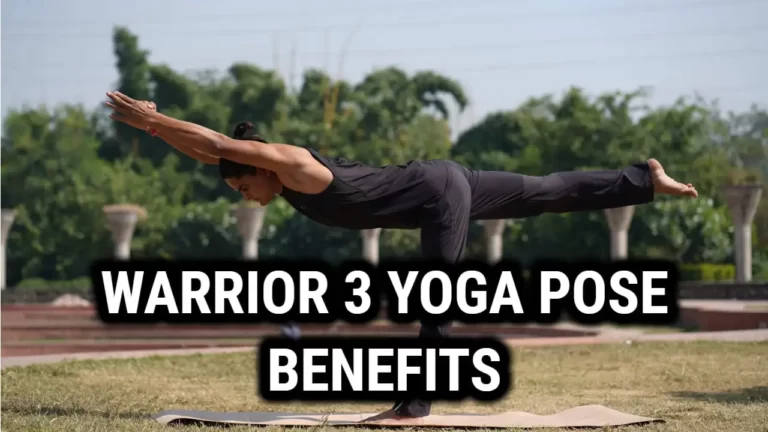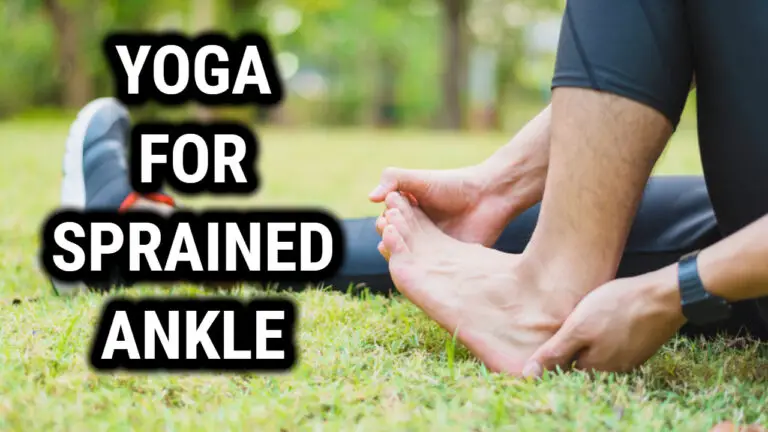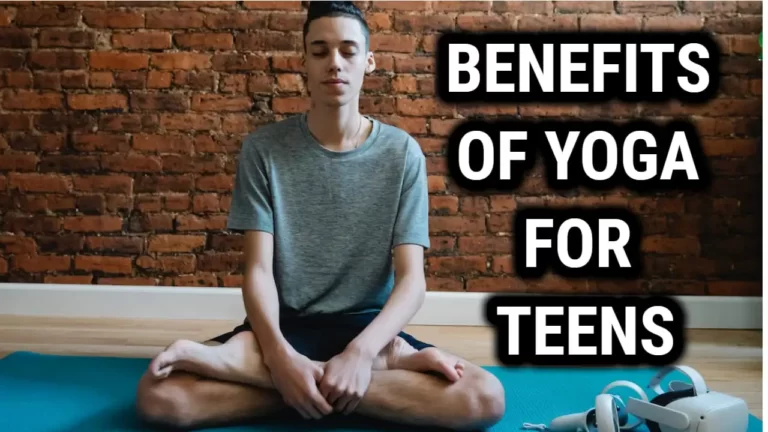How Does Doing Yoga Boost Your Nervous System

Yoga is a popular practice that has been around for thousands of years. It is an excellent way to improve physical health and mental well-being. Many people practice yoga to reduce stress, anxiety, and depression. However, yoga can also have a significant impact on the nervous system.
When people practice yoga, they engage in slow, deep breathing, which can help calm the mind and reduce stress levels. This breathing technique stimulates the vagus nerve, which is responsible for regulating the parasympathetic nervous system.
The parasympathetic nervous system is responsible for the body’s “rest and digest” response. When it is activated, heart rate and blood pressure decrease, and the body can relax. This is why people often feel more relaxed and calm after practicing yoga.
Yoga can also help improve brain function. When people practice yoga, they move their bodies in different ways, which can stimulate the brain and improve cognitive function.
Yoga has been shown to increase gray matter in the brain, which is responsible for processing information. This can lead to improved memory, attention, and focus. Additionally, yoga can help reduce inflammation in the body, which has been linked to several neurological disorders.
What is the Nervous System?
The nervous system is the body’s communication network that sends and receives messages between the brain and the rest of the body. It is responsible for controlling and coordinating all bodily functions, including movement, sensation, and thought. The nervous system is made up of two main parts: the central nervous system (CNS) and the peripheral nervous system (PNS).
The CNS consists of the brain and spinal cord, which are protected by the skull and vertebral column, respectively. The brain is the control center of the nervous system and is responsible for processing and interpreting information from the senses and sending out commands to the rest of the body. The spinal cord is a long, thin bundle of nerves that runs from the brainstem down through the center of the back.
The PNS consists of all the other nerves in the body that connect the CNS to the rest of the body. These nerves are responsible for carrying sensory information from the body to the brain and spinal cord and carrying motor commands from the brain and spinal cord to the muscles and organs.
How Does Yoga Affect the Nervous System?
Yoga is a mind-body practice that has been shown to have a positive impact on the nervous system. It can help to reduce stress, improve mood, and increase overall well-being. Here are two ways that yoga affects the nervous system:
The Parasympathetic Nervous System
The parasympathetic nervous system is responsible for the body’s “rest and digest” response. When activated, it slows down the heart rate, lowers blood pressure, and relaxes the muscles. Yoga has been shown to activate the parasympathetic nervous system, which can help to reduce stress and anxiety. This is often achieved through deep breathing exercises, meditation, and relaxation techniques.
The Sympathetic Nervous System
The sympathetic nervous system is responsible for the body’s “fight or flight” response. When activated, it increases heart rate, raises blood pressure, and tenses the muscles. Over time, chronic activation of the sympathetic nervous system can lead to a range of health problems, including high blood pressure, heart disease, and anxiety disorders. Yoga has been shown to reduce the activity of the sympathetic nervous system, which can help to reduce stress and promote relaxation.
Yoga is a powerful tool for promoting health and well-being. By activating the parasympathetic nervous system and reducing the activity of the sympathetic nervous system, it can help to reduce stress, improve mood, and enhance overall quality of life.
Benefits of Yoga for the Nervous System
Reduced Stress and Anxiety
One of the most significant benefits of yoga for the nervous system is its ability to reduce stress and anxiety. Yoga’s focus on breath work and mindfulness can help individuals manage their stress levels and reduce anxiety symptoms. By practicing yoga regularly, individuals can experience a decrease in cortisol levels, the hormone associated with stress, and an increase in GABA, a neurotransmitter that promotes relaxation.
Additionally, yoga can help individuals develop coping mechanisms for stress and anxiety. By practicing yoga postures and breathing exercises, individuals can learn to regulate their nervous system’s response to stress and anxiety triggers. This can lead to a reduction in the frequency and intensity of stress and anxiety symptoms over time.
Improved Sleep
Yoga can also have a positive impact on sleep quality, which is essential for overall nervous system health. Research has shown that practicing yoga can improve sleep duration, decrease the time it takes to fall asleep, and increase sleep efficiency.
Yoga’s focus on relaxation and mindfulness can help individuals wind down and prepare for sleep. Additionally, certain yoga postures, such as forward folds and inversions, can help increase blood flow to the brain and promote relaxation.
Increased Focus and Concentration
Yoga can also help individuals improve their focus and concentration, which is essential for overall nervous system health. By practicing yoga regularly, individuals can improve their ability to focus and concentrate on tasks, reduce distractibility, and improve cognitive performance.
Yoga’s focus on mindfulness and breath work can help individuals regulate their nervous system’s response to stress and improve their ability to stay present and focused. Additionally, certain yoga postures, such as balance poses, can help improve proprioception, which is the body’s ability to perceive its position in space. This can lead to improved balance, coordination, and overall cognitive function.
Types of Yoga for Nervous System Health
Restorative Yoga
Restorative yoga is a gentle practice that uses props to support the body in various poses. This type of yoga helps to activate the parasympathetic nervous system, which is responsible for the body’s rest and relaxation response. By supporting the body in comfortable positions for extended periods of time, restorative yoga helps to reduce stress and anxiety, lower blood pressure, and improve overall well-being.
Yin Yoga
Yin yoga is a slow-paced practice that involves holding poses for longer periods of time, typically 3-5 minutes or more. This type of yoga helps to stimulate the parasympathetic nervous system and calm the mind. Yin yoga also helps to increase flexibility and joint mobility, as well as improve circulation and reduce stress.
Pranayama
Pranayama is the practice of controlling the breath. This type of yoga helps to regulate the autonomic nervous system, which is responsible for controlling the body’s involuntary functions. By practicing pranayama, individuals can improve their lung capacity, reduce stress and anxiety, and improve overall nervous system function.
Some common pranayama techniques include:
- Ujjayi breathing
- Kapalabhati breathing
- Nadi shodhana (alternate nostril breathing)
It is important to note that pranayama should be practiced under the guidance of a qualified yoga teacher, as some techniques may not be suitable for certain individuals.
Wrapping Up
With regular practice, we can experience the calming effects of yoga on our nervous system, enabling us to better manage stress and improve our cognitive functioning. We can learn to relax and cope with difficult emotions more effectively, allowing us to cultivate a greater sense of resiliency.
By integrating yoga into our lives, we have access to improved sleep patterns which helps us become stronger, healthier people. Practicing yoga regularly is truly transformative and empowering – it allows us to take control over our mental and physical health in ways we never imagined possible.
So let’s take a moment to honor ourselves for taking this journey – for learning how to prioritize self-care through the power of yoga.





